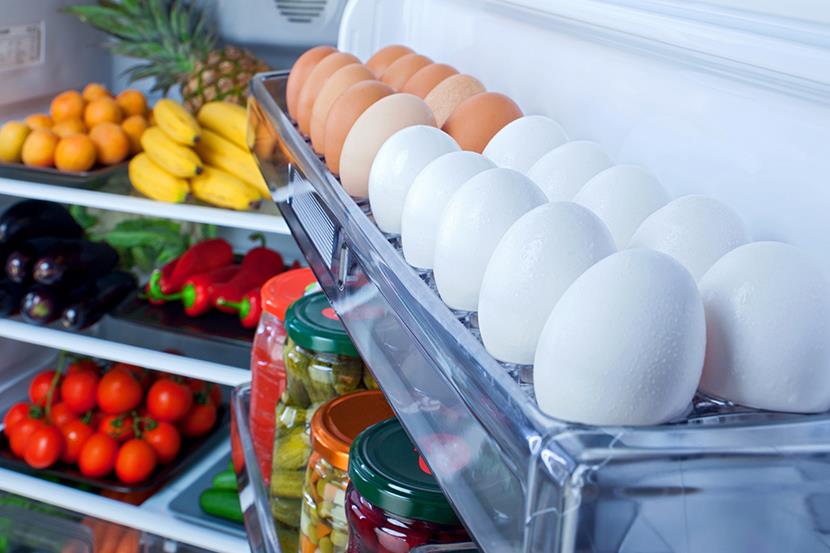New Foam Blowing Agents Improve Appliance Energy-Efficiency
Appliance manufactures have three areas they can concentrate on to improve the energy efficiency of a unit: foam insulation, refrigeration system, and heat exchanger/defrost mechanism hardware.
Making use of superior foam insulation yields significant returns. It can drive an appliance's thermal efficiency and help meet industry energy efficiency standards and regulations.
The insulating properties of foam help appliances use less electricity because the foam acts as a thermal barrier that keeps refrigeration and freezer compartments cold and prevents heat loss in water heaters and furnaces.
Other benefits of using insulating foam in these products include:
- Enhanced structural integrity
- Sound abatement
- Vibration dampening
Innovation Drivers: Environmental Regulations and Consumer Cost Savings
Today, appliance designs are driven by several factors. Consumers want more energy-efficient appliances to cut their energy bills. Global regulations seek to reduce greenhouse gas emissions and increase energy efficiency in homes and buildings.
As a result, appliance manufacturers are under pressure to:
- Make products that perform using less energy
- Produce less emissions
- Create a much smaller environmental footprint
To accomplish this, blowing agent producers must innovate towards environmentally sustainable products that address ozone depleting potential and high global warming potential concerns. Regulations remain a key factor in driving innovations in rigid polyurethane foam and the ongoing blowing agent transition from hydrofluorocarbons (HFCs) to hydrofluoroolefins (HFOs).
Next Generation Blowing Agents for Foam
Chemours has developed a new generation of HFO blowing agents for foam insulation. The Opteon™ 1100 blowing agent has very low global warming potential (GWP) and delivers enhanced thermal insulation performance.
In addition, Opteon™ 1100 is compatible with:
- Common metals, elastomers and plastics used in storing, handling, and manufacturing appliance polyurethane foams
- Traditional catalysts used in polyurethane foam, including amine catalysts
Appliance foams produced with Opteon™ blowing agents deliver better thermal performance than the competition, allowing appliance designers to achieve a higher insulating effectiveness (R-value) or use a thinner insulation layer.







